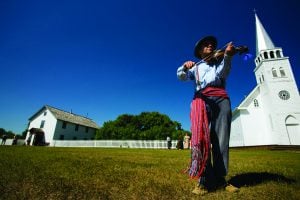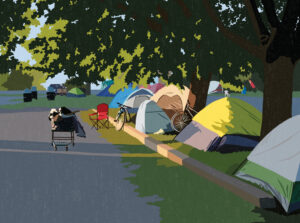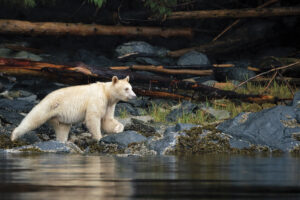
People & Culture
Kahkiihtwaam ee-pee-kiiweehtataahk: Bringing it back home again
The story of how a critically endangered Indigenous language can be saved
- 6310 words
- 26 minutes
This article is over 5 years old and may contain outdated information.
People & Culture

As spring blossoms across Canada, flower photographers will be on a mission to get the perfect shot. Whether visiting gardens or on a walk in the woods, here are some tips and tricks to keep in my mind for your next shoot:
1. Bring a tripod
Having a tripod allows you to stabilize your shots and is especially useful for keeping still during longer exposure times in low light or when zoomed-in on your subject.
2. Watch the weather

Heading out after a rainy day can yield some great photos — but if it’s really windy, you’ll have a difficult time getting your subject in sharp focus.
3. Shoot at dawn and dusk

The twilight hours are the best times to capture some great lighting. Heading out early in the morning before work or in the evening before sunset can really pay off.
4. Get up close

For great detail in your shots, try your hand at macro photography. If you don’t have a macro lens, try a reverse mount adapter (available for $30 or less) or extension tubes ($100+). Coupled with a standard 50mm lens, you’ve got yourself a poor man’s macro kit.
5. Bring it all together with “Focus Stacking”

For those with access to photo-editing programs like Photoshop, try experimenting with a technique called focus stacking. By combining several images of the same subject with different focal points, you can create sharp pictures with lots of detail. To do this, add all the images onto separate layers and auto-align layers in the Edit drop-down menu. Complete the focus stacking process by combining the layers with blend layers (under the edit menu). Make sure to choose the “stack photos” option and crop your image for a great photo.



Are you passionate about Canadian geography?
You can support Canadian Geographic in 3 ways:

People & Culture
The story of how a critically endangered Indigenous language can be saved

People & Culture
For unhoused residents and those who help them, the pandemic was another wave in a rising tide of challenges

Wildlife
How ‘maas ol, the spirit bear, connects us to the last glacial maximum of the Pacific Northwest

Places
In Banff National Park, Alberta, as in protected areas across the country, managers find it difficult to balance the desire of people to experience wilderness with an imperative to conserve it